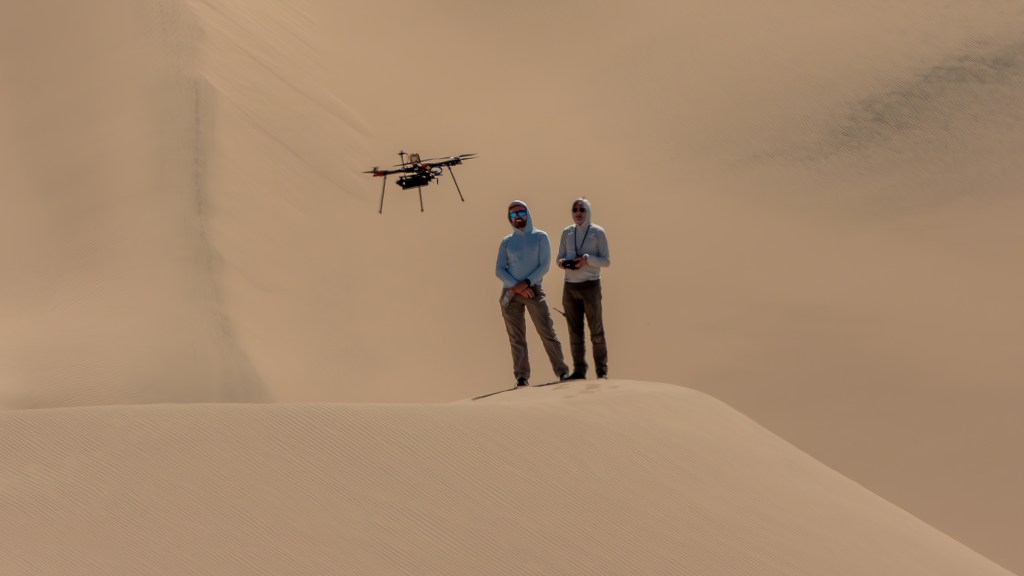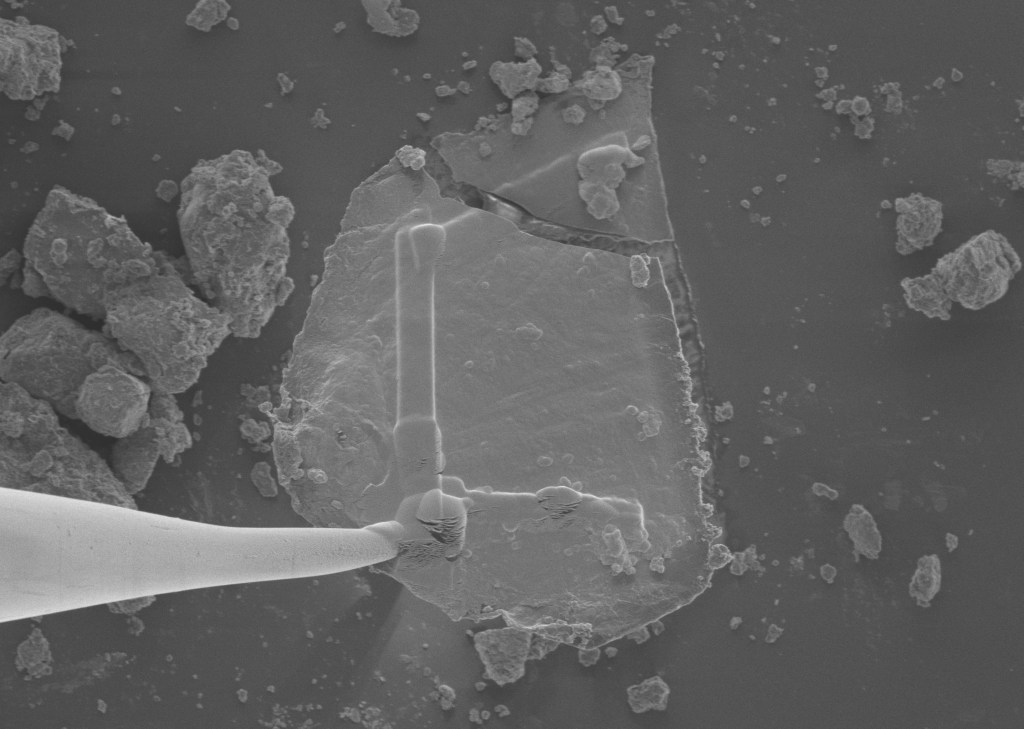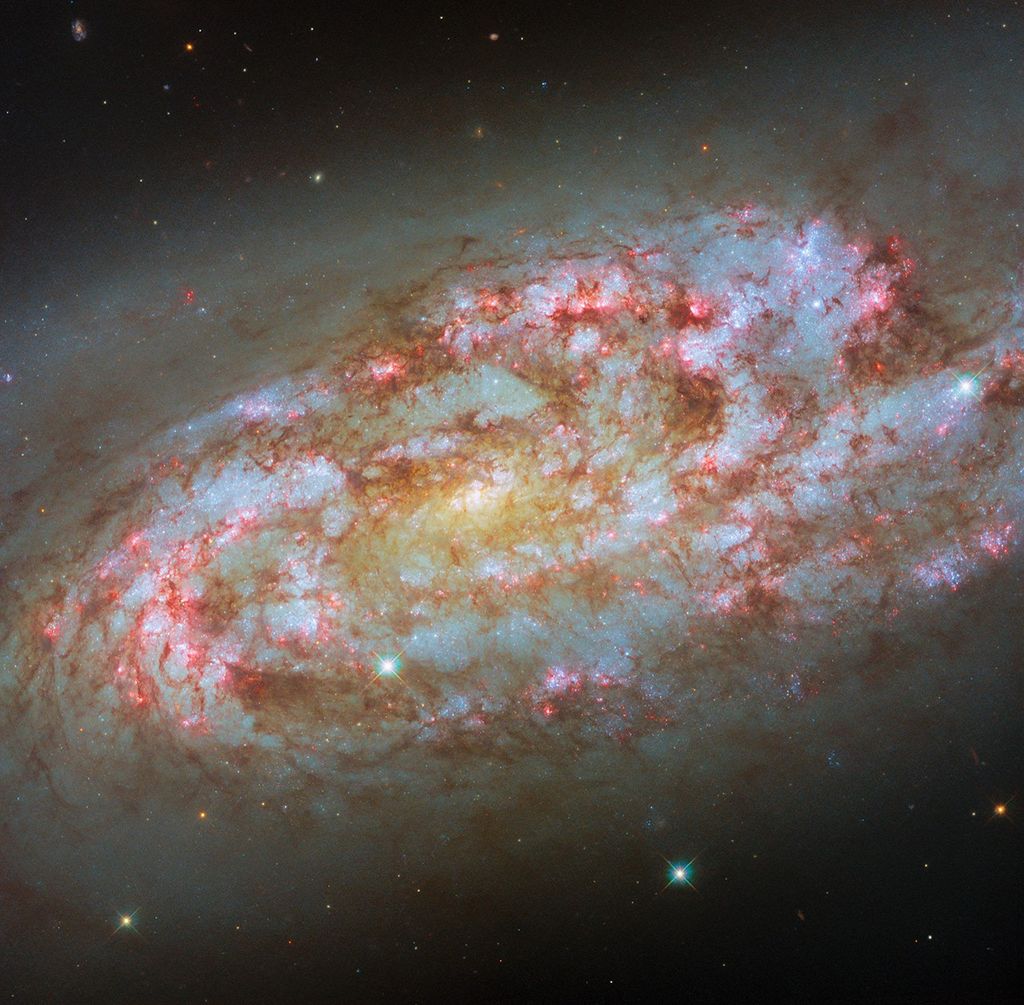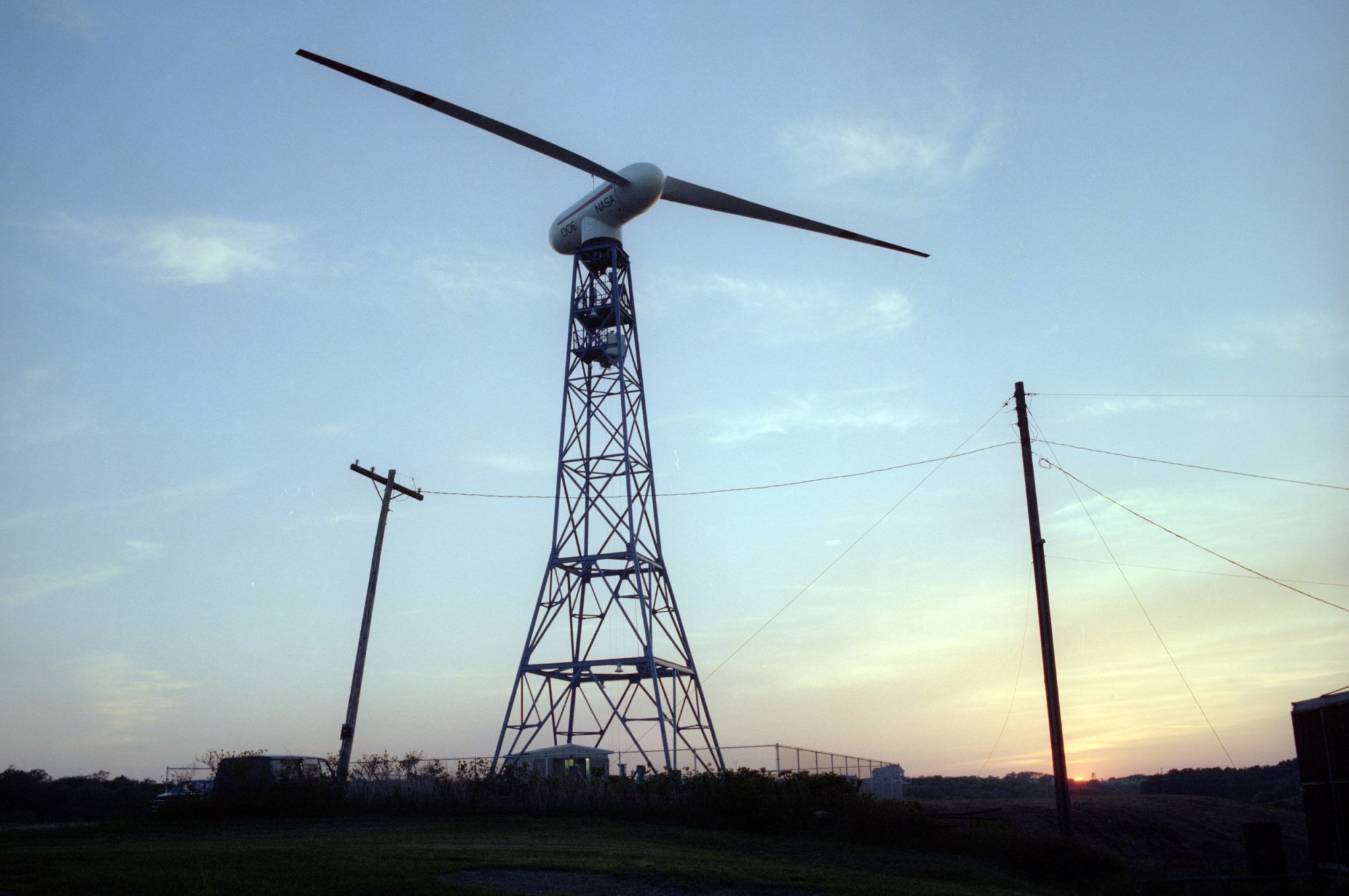Research into energy efficiency has been a part of the Glenn Research Center tradition since its inception. During World War II, the center focused on reducing fuel demands in aeronautics by improving engine performance.
At the start of the Space Age in the late 1950s, our scientists and engineers continued to refine more efficient, cleaner alternative fuels and the engines that they power in air and space. Glenn’s work during those first 30 years positioned the center to lead the nation in discovering new ways to power the world.
In the 1970s, citizens’ growing concerns about industrial threats to the environment and anxiety over fuel prices prompted unified energy planning within the federal government. NASA Glenn (then NASA Lewis) worked with agencies such as the Environmental Protection Agency, the Department of Energy, and the Department of State to develop cleaner, more efficient solutions.
Wind Energy
Between 1974 and 1981, NASA Glenn led the U.S. Wind Energy Program for large wind horizontal-axis turbines – the predominant systems used today to convert wind energy into mechanical energy.
With funding from the National Science Foundation and the Department of Energy, NASA constructed and operated its first experimental 100-kilowatt wind turbine at Plum Brook in Sandusky, Ohio. Throughout the program, a total of 13 experimental wind turbines were put into operation. They included four major designs: 200 kilowatt, 2000 kilowatt, 2.5 megawatt and 3.2 megawatt wind turbines.
Solar Power
Using its expertise in solar cells for space, in the 1970s, Glenn deployed stand-alone power systems in remote areas of the world. NASA brought these villages grain grinding, lighting, communications, water pumping and the ability to refrigerate medicines and vaccines.
In 1978, NASA Glenn chose the village of the Papago Tribe in Schuchuli, Arizona, as the site for the world’s first solar-powered village. From 1975 to 1985, NASA Glenn designed, fabricated and installed 57 photovoltaic systems in 27 U.S. locations and developing countries.
Stirling Engines
A Stirling engine is a heat engine with no valves. Cleaner, quieter and more efficient than gasoline and diesel engines, they are used commonly in submarines. In the 1970s, NASA Glenn’s Stirling work focused on car engines that would eventually use hydrogen as the working fluid. Plus, Glenn began a Dish Stirling program to provide electrical power in small towns.
Stirling work continues at Glenn for electrical power in space and in the private sector for electric power and commercial products such as refrigerators, generators and coolers.
Automotive Systems
To focus on pollution from automobiles, the center set up the Automotive Systems Office, funded through the EPA, in 1970. Throughout the decade, the office developed and tested a variety of technologies designed to make cars cleaner and more efficient.
These technologies included a thermal reactor to burn up carbon monoxide and hydrocarbons produced by combustion engines and ceramics that could withstand high temperatures and corrosion. The center also tested Stirling engines for use in automobiles and developed advanced batteries for electric cars.
In the new millennium, revived concerns over fossil fuels have increased demand for renewable energy. The same renewable systems developed for operation in space can be adapted for power and transportation on Earth. At Glenn, our past continues to fuel our vision of research for the benefit of all.
































